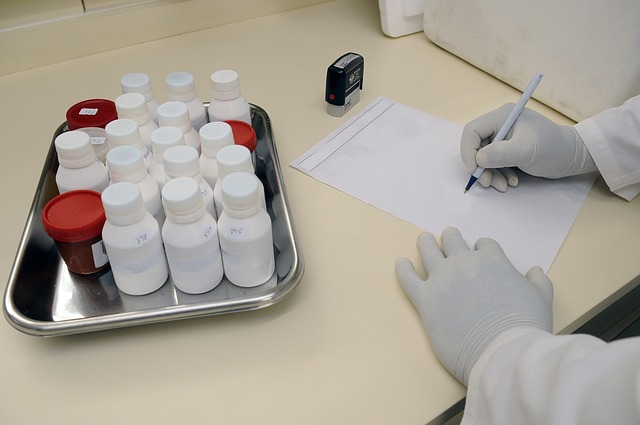The healthcare landscape is undergoing a significant transformation, driven predominantly by advancements in digital health data. This revolution isn’t just about sophisticated machines or flashy apps—it’s about improving lives, enhancing patient care, and making diagnostics more precise and accessible. As we delve deeper into the realms of technological and health innovations, it becomes clear that the future of diagnostics is not just about what we can measure, but how we can comprehend and utilize that information for better health outcomes.
Technological innovations have paved the way for a new era in diagnostics. Artificial intelligence (AI) and machine learning algorithms are making it possible to sift through enormous quantities of digital health data to identify patterns that would be undetectable by the human eye. For example, AI-powered systems can analyze medical images, leading to quicker and more accurate diagnoses of conditions such as cancers or fractures, thereby saving valuable time and potentially lives. The ability to process and interpret vast datasets allows healthcare providers to make informed decisions, tailored to individual patients’ needs.
Moreover, wearable health technology is another remarkable development in this digital revolution. Devices such as smartwatches and fitness trackers are now capable of monitoring an array of health metrics in real time. This constant stream of digital health data enables patients to take a proactive role in their health management, leading to early diagnosis of potential health issues, such as heart arrhythmias or blood sugar fluctuations. For many patients, this means being able to live more freely while still closely monitoring their health—a true embodiment of the phrase prevention is better than cure.”
On the other hand, health innovations are reshaping the entire diagnostic process. Telemedicine, for example, has surged in popularity, allowing patients to consult with healthcare providers from the comfort of their homes. This not only broadens access to quality medical advice but also streamlines the diagnostic process. The availability of digital health data through telehealth platforms means that patient history and symptom tracking can be easily shared and reviewed, leading to more informed decisions and quicker diagnoses.
Furthermore, the integration of blockchain technology into healthcare promises to revolutionize data security and interoperability. By ensuring that digital health data is securely stored and easily accessible to authorized providers, blockchain can minimize errors and enhance the coordination of care. This technology can provide patients with greater control over their health information while simultaneously building a more accurate picture for diagnostic purposes. Imagine a world where every healthcare provider has immediate access to comprehensive medical histories, resulting in collaboration and communication that enhance patient safety and outcomes.
As we embrace these innovations, it’s essential to recognize the ethical implications surrounding the use and sharing of digital health data. Every advancement comes with responsibility—data privacy, security, and informed consent are crucial considerations in harnessing the full potential of technological and health innovations. Building trust with patients is paramount, as they must feel secure that their data is being used ethically and responsibly.
Lastly, the cross-disciplinary collaboration between technologists, healthcare professionals, and policymakers will be vital in shaping the future landscape of diagnostics. By working together to create systems that integrate digital health data effectively, we can propel healthcare into new frontiers, ensuring that the innovations of tomorrow serve the patients of today.




